Addressing uncertainty in impact assessments for alien species
Publication
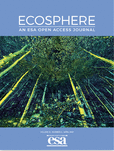 Options for reducing uncertainty in impact classification for alien species.
Options for reducing uncertainty in impact classification for alien species.
Impact assessment is an important and cost-effective tool for assisting in the identification and prioritization of invasive alien species. With the number of alien and invasive alien species expected to increase, reliance on impact assessment tools for the identification of species that pose the greatest threats will continue to grow. Read more here
Assessing the environmental impacts of invasive species can be an uncertain process – Read the blog article by David Clarke here
How to assess the impact of an invasive alien species – Download the pdf here
 Ongoing incursions are forcing decision-makers to triage the management of invasive species. Narrowing the scope of the problem by prioritising those species of greatest concern should guide the investment of limited resources for management. The International Union for the Conservation of Nature (IUCN) has adopted an assessment tool for allocating species to categories of impact.
Ongoing incursions are forcing decision-makers to triage the management of invasive species. Narrowing the scope of the problem by prioritising those species of greatest concern should guide the investment of limited resources for management. The International Union for the Conservation of Nature (IUCN) has adopted an assessment tool for allocating species to categories of impact.
Addressing uncertainty in impact assessments for alien species
Impact classification schemes for alien taxa are becoming more prominent as the threats posed by biological invasions increase. Our recent study found that despite a high variety of uncertainties occurring in impact assessments, some of which cannot be eliminated easily, communicating their existence, cause and variety can lead to more useful and reliable outcomes of impact assessments. – Read the full article here
Preventing the introduction of new and harmful exotic species.
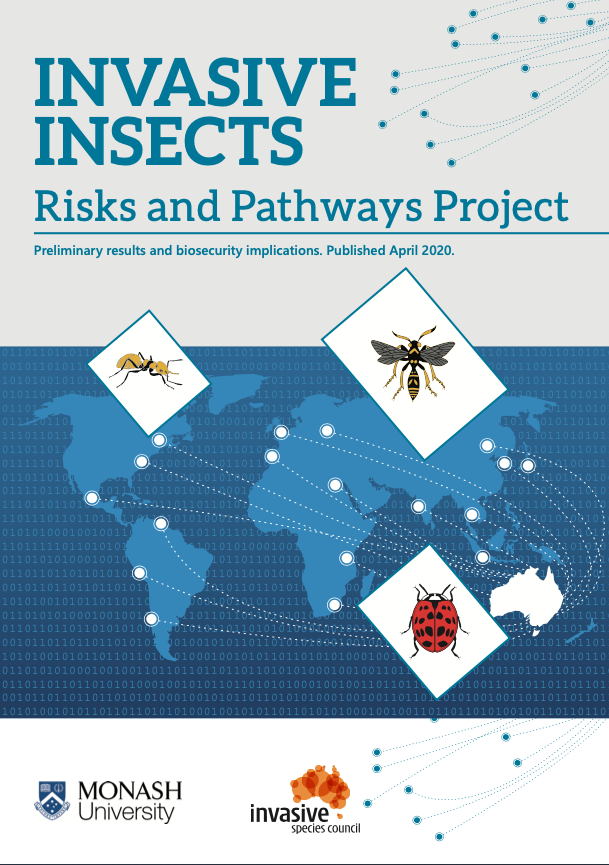 Click here to download the pdf of the final report.
Click here to download the pdf of the final report.
The introduction and spread of new and exotic species beyond their native range can have severe negative environmental consequences, and the drivers of invasion show little sign of abating. In Australia, for example, the recent arrival of the South American Fire Ant (Wylie & Janssen-May 2017) and myrtle rust (Carnegie et al. 2016) are clear examples of the ongoing risk of introduced species. The Fire Ant was introduced to South East Queensland in 2001 (Click here for more), and myrtle rust to NSW in 2010 (Click here for more). There are a number of invasive pathogens and insects that have the potential to significantly damage native biodiversity in Australia and elsewhere (McGeoch et al. 2015; Burgess & Wingfield 2017).
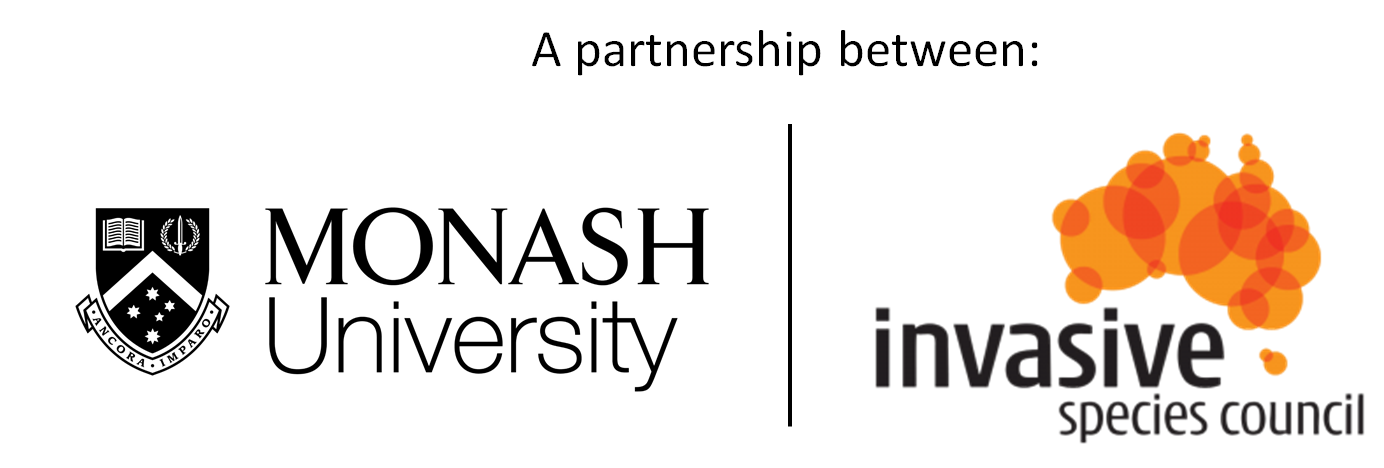
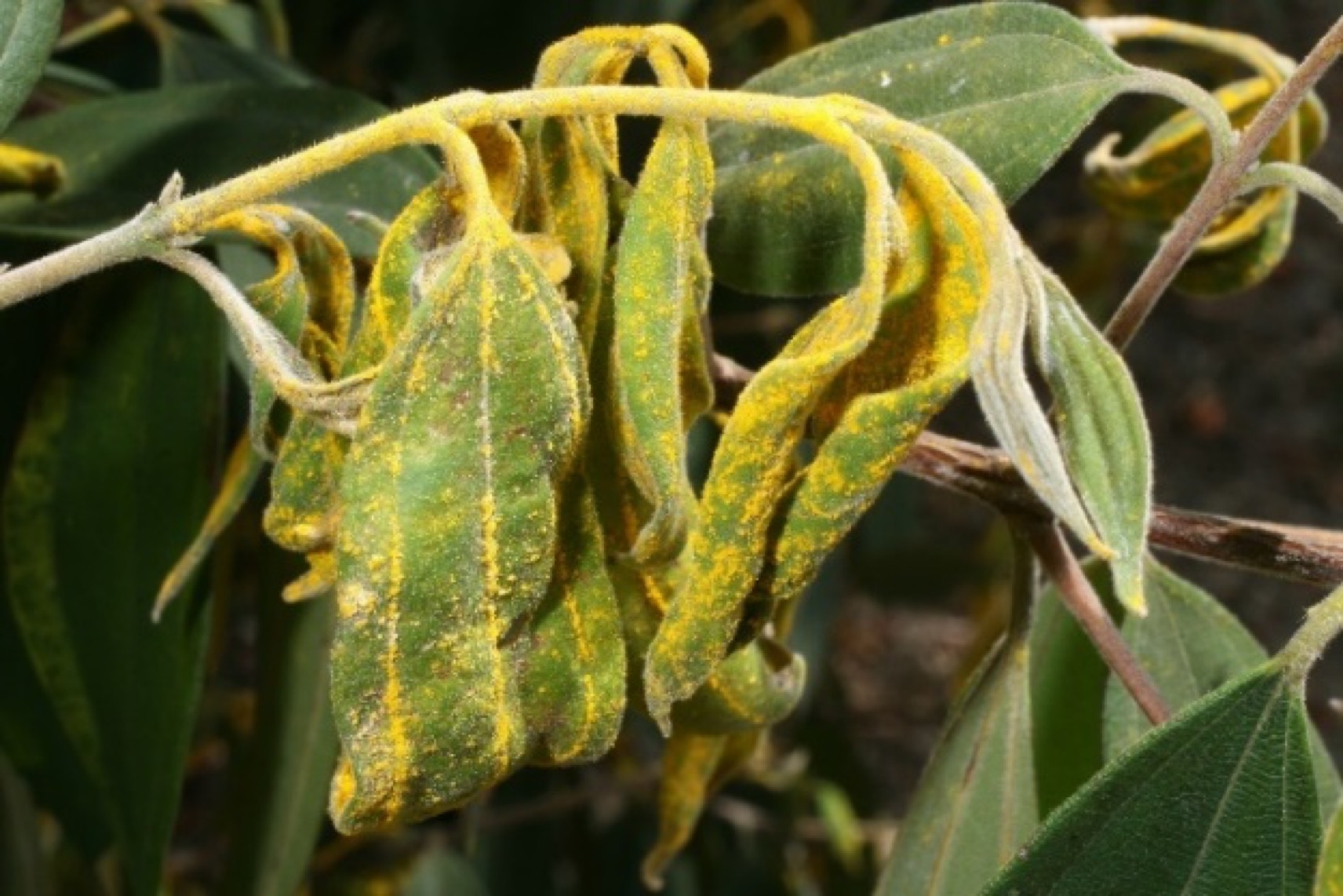
Myrtle rust (Austropuccinia psidii). Picture courtesy of Tim Low.
We are collaborating with the Invasive Species Council to identify future invasion risks and their associated pathways of introduction – for alien insects and plant pathogens of environmental native biodiversity and ecosystems concern. The project will adopt a comprehensive species by pathways assessment (Wingfield et al. 2015; McGeoch et al. 2016), and develop the structure for an information platform for sustainable ongoing delivery of data to support pre-border risk assessment.
For further information see: https://invasives.org.au
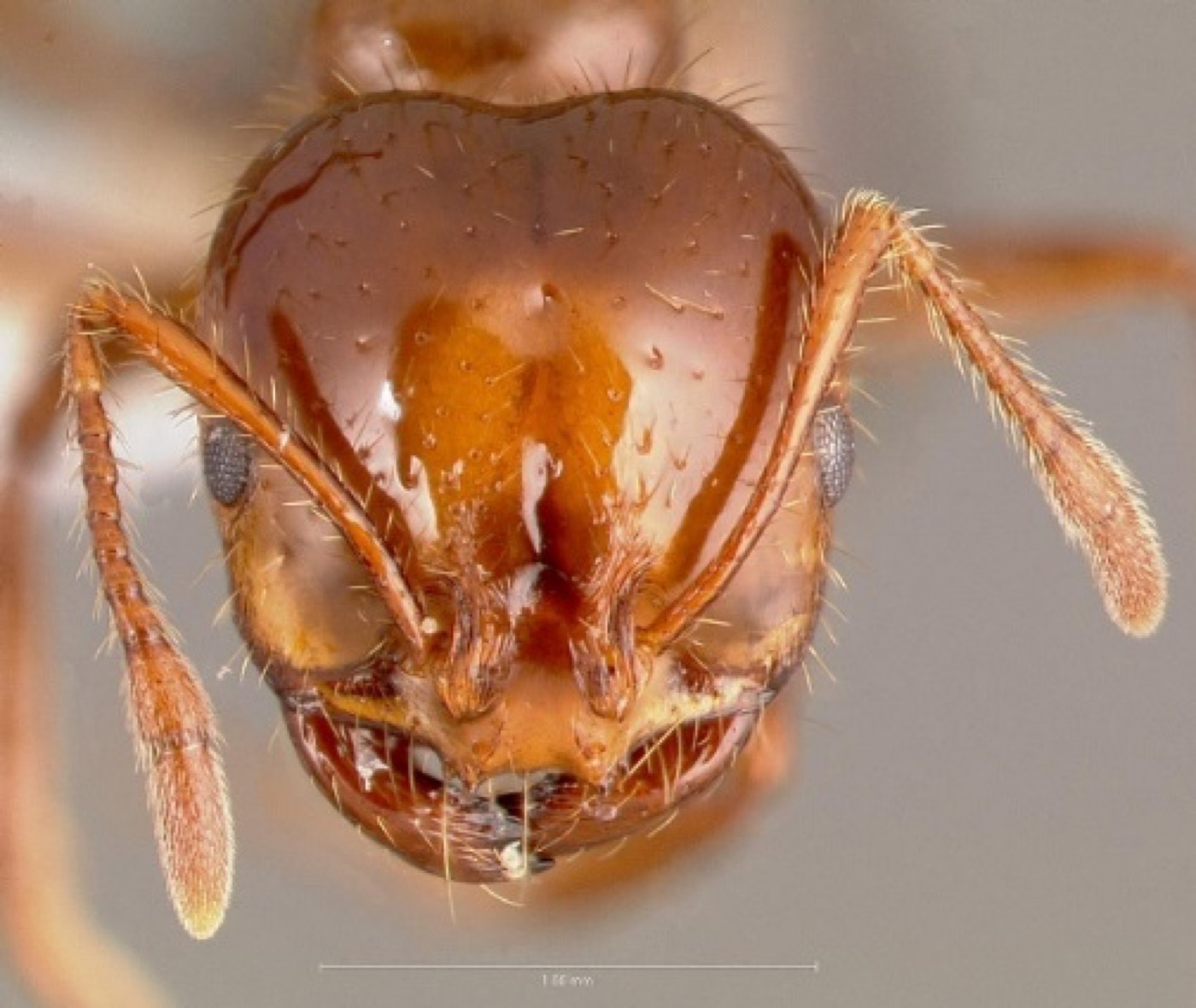
The South American Fire Ant (Solenopsis invicta). Copyright AntWeb.org, 2000-2009. Licensing: Attribution-ShareAlike 3.0 (cc-by-sa-3.0) Creative Commons License
Project participants: Melodie McGeoch and Dr David Palmer (Monash University), Treena Burgess (Murdoch University), and Andrew Cox and Carol Booth (Invasive Species Council), in collaboration with Helen Roy (NERC Centre for Ecology and Hydrology) and Mike Wingfield (Forest and Agricultural Biotechnology Institute, University of Pretoria)
References:
Burgess, T.I., & Wingfield, M.J. (2017) Pathogens on the Move: A 100-Year Global Experiment with Planted Eucalypts. BioScience, 67, 14-25.
Carnegie, A.J., Kathuria, A., Pegg, G.S., Entwistle, P., Nagel, M. & Giblin, F.R. (2016) Impact of the invasive rust Puccinia psidii (myrtle rust) on native Myrtaceae in natural ecosystems in Australia. Biological Invasions, 18, 127-144.
McGeoch, M.A., Genovesi, P., Bellingham, P.J., Costello, M.J., McGrannachan, C. & Sheppard, A. (2016) Prioritizing species, pathways, and sites to achieve conservation targets for biological invasion. Biological Invasions, 18, 299-314.
McGeoch, M.A., Lythe, M.J., Henriksen, M.V. & McGrannachan, C.M. (2015) Environmental impact classification for alien insects: a review of mechanisms and their biodiversity outcomes. Current Opinion in Insect Science, 12, 46-53.
Wingfield, M.J., Brockerhoff, E.G., Wingfield, B.D., & Slippers, B. (2015) Planted forest health: The need for a global strategy. Science, 349, 832-836.
Wylie, F.R. & Janssen-May, S. (2017) Red Imported Fire Ant in Australia: What if we lose the war? Ecological Management and Restoration, 18, 32-44.
Report lifts lid on Australia’s international bug superhighway
A new report has identified an international ‘bug superhighway’ capable of carrying a large variety of environmentally destructive overseas insects into Australia.
The study, led by the Monash University School of Biological Sciences, rated the environmental harm being caused by 100 of the worst overseas insect species and recommends a range of actions to keep them out of Australia.
For Further information – Find the media kit here

Bug SuperHighways’ letting environmental pests into Australia – ABC Radio National
Australian and international researchers have analysed the world’s 100 most damaging environmental pests, and their pathways into Australia via so-called ‘Bug SuperHighways’. With pests like Yellow Crazy Ants and Fire Ants already here and proving difficult and expensive to eliminate, the lead author of the report, Melodie McGeoch, says that Australia is under extreme threat from invasive environmental species.
Guest: Professor McGeoch, head of the Ecology Research Group at Monash University
Listen to the interview on Radio National – RN Breakfast with Fran Kelly, 16 April 2020 here
The final report has been published. Click on the links below to download the pdf.
McGeoch, Melodie (2020): Invasive Insects – Risks and Pathways project Oct 2019.pdf. figshare. Report. doi:10.26180/
Invasive Insects – Risks and Pathways project.pdf
Global leaders in insect invasion ecology convened in March at Monash University for the Environmental Impact Classification Workshop for Alien Insects. The objective of this workshop was to apply a standardised approach to classify alien insect species according to the size of their environmental impacts, based on a suite of standard impact mechanisms. It forms part of a larger project focussed on assessing pre-border risks to Australia from invasive alien insects, but the workshop encompassed alien insects that cause environmental harm anywhere in the world. A special Q&A debate – titled “Ants, Bugs & Biters” – was also held as part of the workshop, in association with the Invasive Species Council.
Click here for the Invasive Species Council Media Release on workshop
Click there for the Q&A Debate – Ants, Bugs & Biters
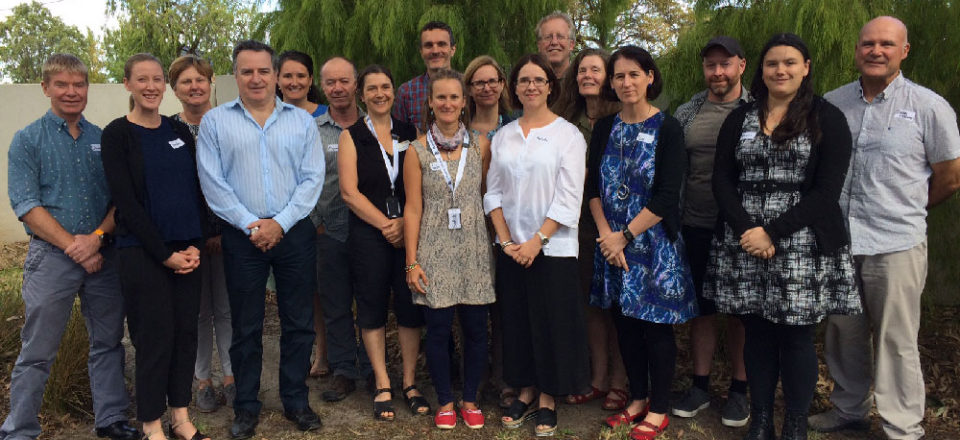
Participants involved in the Environmental Impact Classification Workshop for Alien Insects (March 2018) hosted by the McGeoch Lab Group at Monash University. From left to right: Steven Chown (Monash University); Sandra Parsons (Australian Bureau of Agricultural and Resource Economics and Sciences); Sarah Hilton (Department of Agriculture and Water Resources); David Yeats (CSIRO, ANIC); Manu Sanders (University of New England); Myron Zalucki (University of Queensland); Treena Burgess (Murdoch University); Markus Riegler (University of Western Sydney); Sabrina Kumschick (Stellenbosch University); Helen Roy (Centre for Ecology and Hydrology, UK); Melodie McGeoch (Monash University); Andrew Liebhold (US Forest Service); Carol Booth (Invasive Species Council); Lori Lach (James Cooke University); Chris McGrannachan (Monash University); Rebecca O’Connor (Monash University); Dave Palmer (Monash University).
